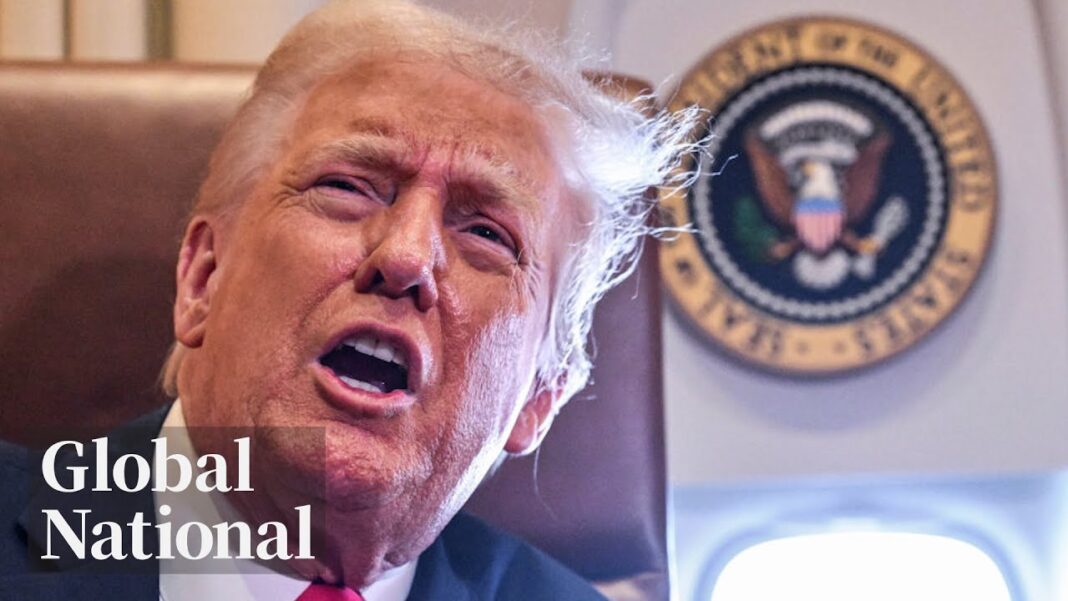Former U.S. President Donald Trump has once again threatened a 25% tariff on Canadian steel and aluminum. This follows an earlier suspension of tariffs contingent on Canada’s border security improvements. However, Trump now argues that more action is needed, putting Canada in a difficult position.
The Tariff Threat and Economic Ramifications
Trump’s proposed tariffs could significantly impact Canada’s economy, particularly the steel and aluminum industries.
Key facts:
- Canada supplies 75% of U.S. aluminum imports.
- Nearly 20% of U.S. steel imports come from Canada.
- The Canadian economy depends on U.S. trade, making this a high-stakes situation.
Canada’s Diplomatic and Trade Strategy
Canadian Prime Minister Justin Trudeau is currently in Europe, attempting to strengthen trade alliances with key partners. He seeks to diversify Canada’s export markets, reducing dependence on the United States.
- Canada may negotiate retaliatory tariffs, similar to 2018 trade disputes.
- Trudeau aims to strengthen European trade relations, increasing exports to offset U.S. losses.
- Canadian officials are awaiting a formal statement from the Trump administration before reacting officially.
The NATO Question and U.S.-Canada Relations
Trump has also questioned Canada’s military spending, arguing that the country relies too heavily on U.S. protection under NATO. This fuels concerns about North American defense cooperation, especially as global conflicts escalate.
Key concerns:
- Will Trump push for NATO spending increases from Canada?
- How could this affect U.S.-Canada defense cooperation?
- Will Canada adjust its defense budget to counter Trump’s criticisms?
Economic Uncertainty and the Mortgage Market
The uncertainty surrounding tariffs has also rattled Canada’s housing market. Mortgage rates could be affected by:
- U.S.-Canada trade tensions, leading to fluctuating interest rates.
- The Bank of Canada’s expected interest rate cuts.
- Investor concerns about a potential economic slowdown due to trade disruptions.
Future Predictions and Strategic Considerations
The coming months will be crucial in determining the direction of U.S.-Canada relations. Key scenarios include:
- Trade tensions escalating, leading to retaliatory tariffs from Canada.
- Canada diversifying its trade partnerships, reducing reliance on the U.S.
- Trump maintaining pressure on Canada’s defense budget, increasing NATO contributions.
- Economic fluctuations, with tariffs affecting steel, aluminum, and mortgage rates.
- Political shifts, especially if Trump returns to office and enforces stricter trade policies.
Canada faces critical decisions in the face of U.S. pressure. The response will shape trade, defense, and economic stability in North America.
Disclaimer
This article is based on publicly available reports and expert analysis. Trade policies and diplomatic decisions are subject to change as official statements emerge.
Jack Reynolds is a market analyst with a focus on equity markets, alternative investments, and macroeconomic trends.




